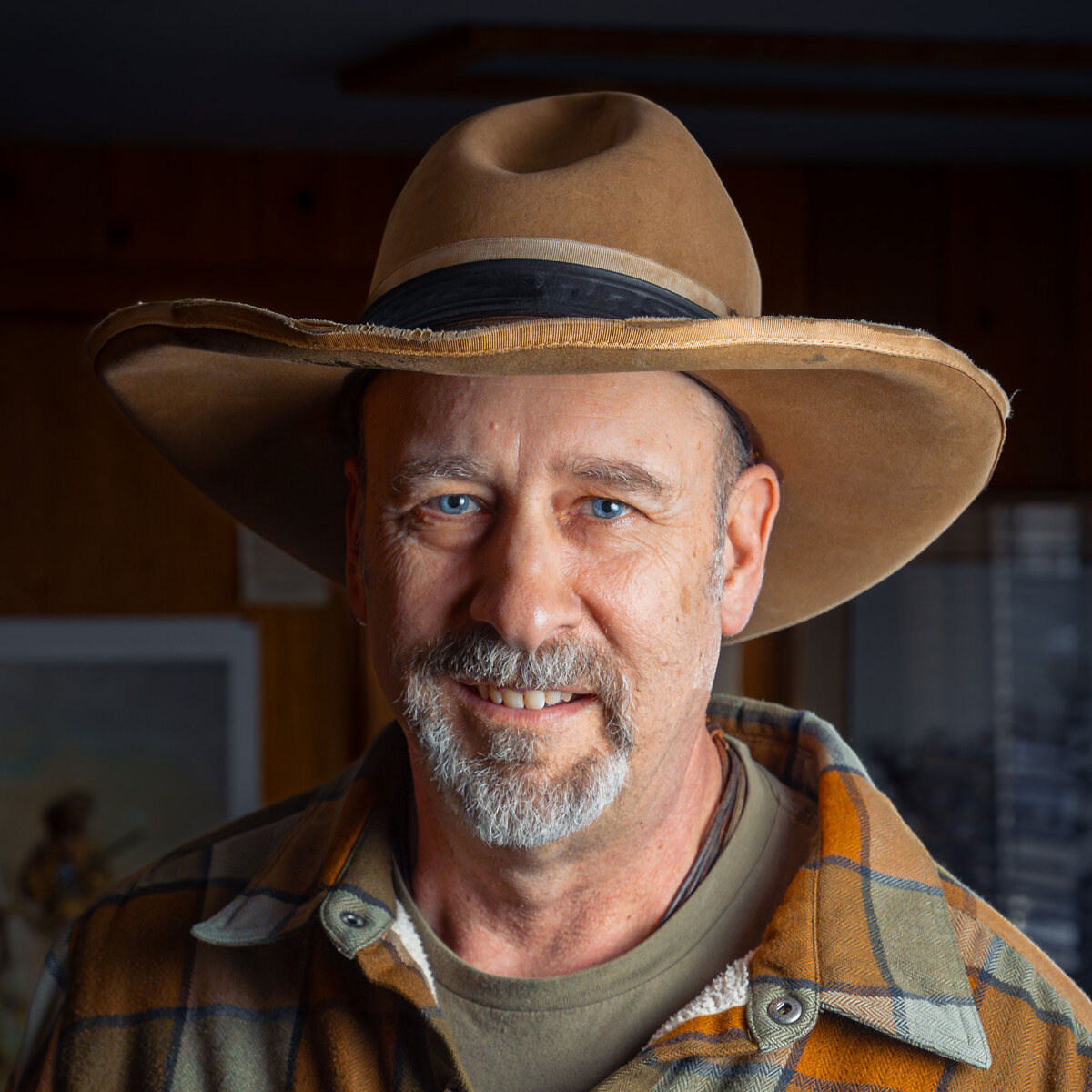Mule deer in steep decline in Sisters Country
Last updated 12/14/2021 at Noon
The numbers of deer wandering through town, lounging beneath juniper trees, grazing on lawns, and crossing Cascade Avenue in the crosswalks may give a deceptive picture of the health of mule deer populations in Sisters Country.
While there are lots of healthy “town deer,” populations across the Deschutes National Forest as a whole have declined 56 percent from 2004 to 2021. In the Metolius Basin, the surveyed population of 3,359 mule deer is 46 percent short of the objective of 6,200; in the Upper Deschutes range, the population of 800 is 60 percent below the desired threshold of 2,000.
The need to protect deer populations is the impetus behind annual winter range closures that are implemented each year on December 1. In Sisters Country, closures affect the Tumalo Winter Range and the Metolius Winter Range. Motorized vehicles (including snowmobiles and electric bicycles) are prohibited in the closure areas to protect deer and elk during the winter. The winter wildlife closures will last through March 31, 2022.
•?Metolius Winter Range Map — https://go.usa.gov/xeEzt.
•?Tumalo Winter Range Map — https://go.usa.gov/xeEua.
According to the U.S. Forest Service, “Winter range is habitat where deer and elk migrate to find more favorable living conditions during the winter. Winter range is found predominantly in lower elevations of Central Oregon and is extremely important to elk and mule deer survival. Winter ranges usually have minimal amounts of snow cover and provide vegetation for forage, hiding cover, and protection from the weather. In Oregon, elk and mule deer migrate, often long distances, to lower elevations to escape or minimize exposure to snow cover.”
What is causing mule deer populations to decline so severely?
“Unfortunately, there’s no clear answer or cause to target,” said Andrew Walch, acting district wildlife biologist with the Oregon Department of Fish and Wildlife in Bend.
According to Walch, a number of factors have combined to put severe pressure on mule deer over the past two decades.
“Habitat loss and conversion is certainly one,” he said. “A lot has changed in Central Oregon.”
Development has encroached on deer habitat — but it’s not just a matter of building. There are just a lot more people out in the woods and the sage, “folks out doing what they love to do in Central Oregon.” Human disturbance is hard on deer.
The Forest Service notes: Disturbance and harassment comes in many forms and can be caused intentionally or unintentionally by human activities or development. Irrespective of the cause, disturbance usually results in mule deer avoiding areas where the disturbance occurs and forcing them into smaller or more marginal areas with poorer habitat. This may occur on rare occasions or countless times per day depending on the level of use and frequency of disturbance.”
The concern is particularly acute during the winter, when deer need to conserve energy just to get by. Hence, the winter range closures.
Disease is always a factor in periodically reducing deer populations. And, Walch notes, predation is also a factor.
“There are more cougars here now than there were in 2004,” he said.
Mule deer are the primary prey of the big cats.
Mortality on the highways is another factor. Between 2015 and 2020, Deschutes County averaged 533.83 wildlife crashes per year. Most of those involve deer. More cars on the highways obviously increases the odds of collisions that don’t end well for deer.
Walch noted that winters like that of 2018-19 can be really hard on deer. In that year, snow came late — in February — but it came all at once, dumping more than five feet in the space of a day or two in some areas. Coming late in winter, when energy reserves are low, such storms can be too much for deer, leaving them worn out, unable to forage, and vulnerable.
The threat of heavy snow makes winter range all the more important.
“These mule deer don’t have anywhere else to go other than that winter range,” Walch said.
Those whose hearts go out to the deer that they see locally may be tempted to feed them.
Walch emphases that it is critical that residents do not feed the deer.
Deer can’t process the feed that people put out, and it can make them sick or actually kill them. Having artificial sources of food also discourages natural migration.
“It often ends up killing with kindness, that sort of thing,” Walch said. “They’re better off on bitterbrush and what they’re naturally evolved to do.”













Reader Comments(0)